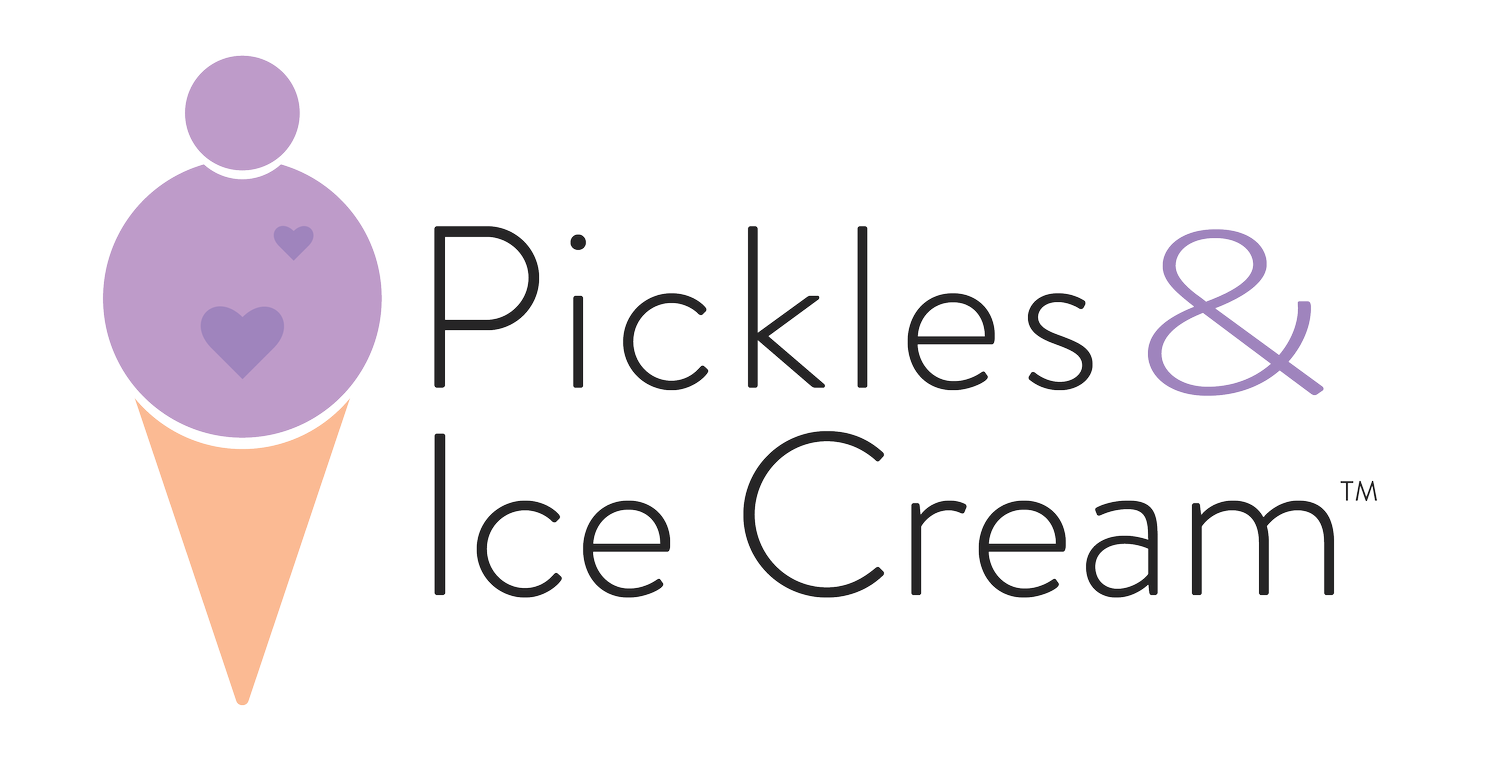Toy Time Safety
➝ Playtime with toys should be fun, not full of worries about toxins & chemicals.
➝ Not all toys are made the same way or checked regularly for safety.
➝ Do your own research on toys you have or want to buy before you give them to your child!
There are so many children’s toys and other items you may want to get for your baby, but make sure you know what you are buying first. In the United States, toys you find on the shelf are regulated by the Consumer Product Safety Commission (CPSC). They have federal standards and general laws for children’s products; however, this does not mean the government conducts safety tests for every single toy. That’s a lot! Many of the reports for recalls or defects come from problems after the toy is already on the market and with families. At Pickles & Ice Cream Georgia®, we encourage parents to research all products used in their homes that your baby come in contact with a lot, like toys!
Why is This Important
Infants and children are vulnerable in so many ways, and some toy materials can be toxic to your baby. Their immune systems are still developing and even small amounts over time can be toxic. It is difficult for parents to know exactly what can hurt their children; however, all hope is not lost. You have resources!
Want updates on toy recalls? Click here to subscribe for recall email notifications from the Consumer Product Safety Commission (CPSC). Here is an example of a recent recall notification.
Look up the toys online before purchasing them. There are several consumer reports published yearly that say what materials are used in current products on the market. Many of these reports also include reviews from others who have purchased the item. These can be helpful as toys are not checked regularly for safety. It is possible that toxic materials will go unnoticed until an incident occurs. Therefore, it is very important to research new toys for you child.
What to Avoid
Here are some key things to look out for when buying or getting a new toy:
Boron – This is a hazardous chemical that can cause nausea, vomiting, and other sicknesses. Boron can enter the body when swallowed or when exposed to damaged skin. A 2018 report found traces of boron in slime products. Homemade alternatives are not only safer, but it can also be a fun family project.
Cadmium – A toxic metal that can be found in some toy jewelry products.
Clear Plastics & Bisphenol A – This plastic is identified by a “7” recycling symbol and is sometimes used in hard, unbreakable products like bottles and sippy cups. The chemicals found in this plastic can mimic hormones in the body and change normal function. Look for toys made with natural materials like wood, natural rubber, bamboo and organic cotton.
Lead – Avoid toys made before 1978, imported painted toys or toys with flaking paint as they have a higher risk of containing lead.
Polyvinyl Chloride Plastic (PVC) – This plastic can be identified by a “3” or a “V.” This type of plastic is very toxic and has been found to cause liver and kidney lesions, worsen asthma and allergies, and has been linked to higher risks of cancer. PVC can be found in many products like rubber duckies, beach balls, and bath books are often made of the flexible vinyl plastic that contains PVC. To avoid this toxic, check the scent of the toy you’re looking to purchase. If it smells like plastic, its not a good choice. Look for soft toys made of natural rubber instead.
Toys were made to be fun, and can help you bond with your child! Being aware of what your child is playing with and staying up-to-date on toy and baby item recalls just makes it easier for you to know your child is safe when it’s playtime!
References

